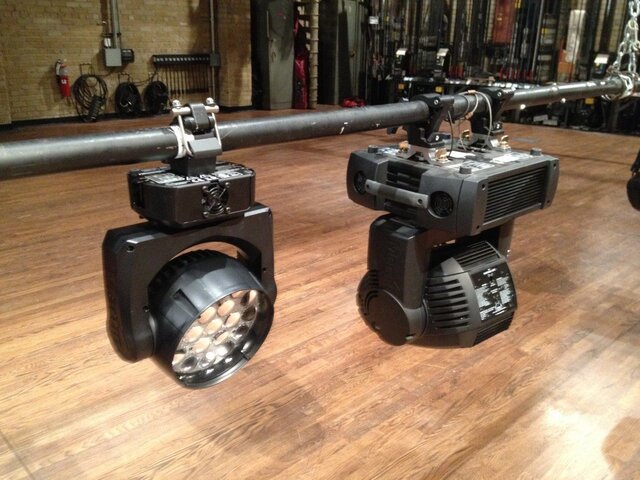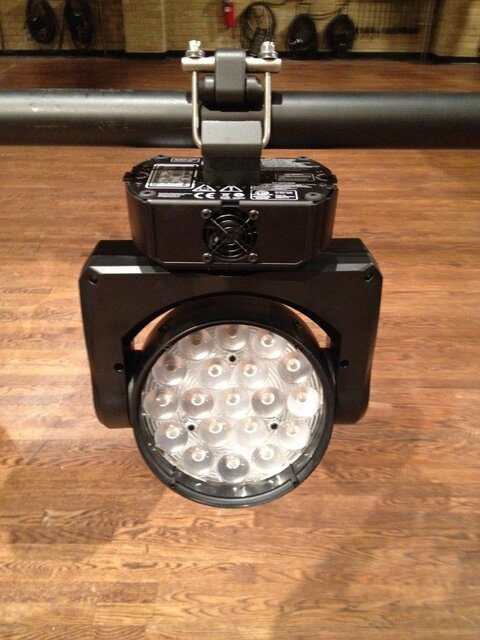LDGuy
Member
Hey All,
At our regional theater, we are at a juncture where our aging Chroma-Q scroller stock are failing us more and more frequently as they are mostly the Chroma-Q Mark II dating from 1998. Since we exclusively use our scrollers in Source 4 PAR MFL units, I have been considering switching us to LED PARs and have found a unit that I am very pleased with - The Chauvet ColorDash PAR Quad 18.
We recently were able to demo a unit in-house for a couple of days, and found that it was much brighter than a S4 PAR 750W for almost every color that we tried. The beam, while round, was also of a similar size to a Medium PAR. So for us, intensity and beam size are not an issue. The cost difference between replacing our scrollers with new Chroma-Q Plus units vs. buying LED units is not very drastic, especially considering that we will be able to recoup some of our costs by selling our power supplies, data cables, and newer scrollers.
Has anyone on here used these Chauvet units and have any comments either for or against them? What I am really looking for is critiques from practical experience with their failure rate, ease of programming, quirks in how they function, hilation, dimming, etc. I would love to move us onto newer and more flexible technology, but I am also concerned that the technology might still not quite be there yet...
Any and all thoughts or comments would be helpful.
Many Thanks,
Tom
At our regional theater, we are at a juncture where our aging Chroma-Q scroller stock are failing us more and more frequently as they are mostly the Chroma-Q Mark II dating from 1998. Since we exclusively use our scrollers in Source 4 PAR MFL units, I have been considering switching us to LED PARs and have found a unit that I am very pleased with - The Chauvet ColorDash PAR Quad 18.
We recently were able to demo a unit in-house for a couple of days, and found that it was much brighter than a S4 PAR 750W for almost every color that we tried. The beam, while round, was also of a similar size to a Medium PAR. So for us, intensity and beam size are not an issue. The cost difference between replacing our scrollers with new Chroma-Q Plus units vs. buying LED units is not very drastic, especially considering that we will be able to recoup some of our costs by selling our power supplies, data cables, and newer scrollers.
Has anyone on here used these Chauvet units and have any comments either for or against them? What I am really looking for is critiques from practical experience with their failure rate, ease of programming, quirks in how they function, hilation, dimming, etc. I would love to move us onto newer and more flexible technology, but I am also concerned that the technology might still not quite be there yet...
Any and all thoughts or comments would be helpful.
Many Thanks,
Tom





